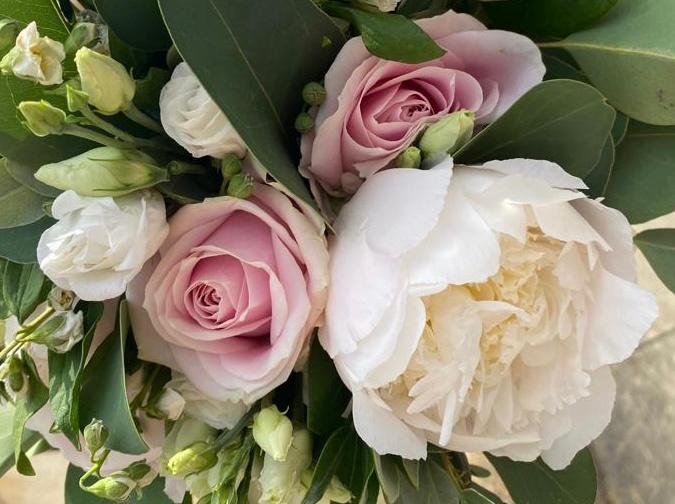Unlocking the Language of Flowers: Unveiling the Power of Symbolism
Flowers have captivated humanity's imagination for centuries, not only for their exquisite beauty but also for their hidden messages. Embedded within their delicate petals and enchanting fragrances lies a silent language known as flower symbolism. From ancient civilizations to modern-day traditions, the symbolic meaning of flowers has played a significant role in human culture, art, and communication. Join us on a journey as we unlock the secrets of this captivating language and explore the profound symbolism that blooms within each flower.
The Language of Love: Flowers have long been associated with love and affection. The timeless rose, for instance, holds a myriad of meanings depending on its color. While red roses symbolize passionate love, white roses convey purity and innocence. Other flowers, such as the delicate forget-me-nots, signify eternal love and loyalty, offering a heartfelt message to cherish lasting connections.
Expressions of Emotions: Flower symbolism extends beyond romance, acting as a subtle way to express a wide range of emotions. Sunflowers, with their vibrant yellow hues, embody warmth and happiness. In contrast, the somber elegance of the lily evokes feelings of sorrow and mourning. Whether celebrating joy or offering solace, flowers have an uncanny ability to convey sentiments when words fall short.
Cultural Significance: Different cultures have assigned unique meanings to flowers, further enriching the language of symbolism. In Japan, the cherry blossom represents the transient nature of life and beauty, inspiring contemplation and gratitude. Protea, also known as the king protea or sugarbush, is a unique and striking flower native to South Africa. They are often linked to love and beauty, particularly in romantic contexts. The flower's bold and eye-catching appearance is seen as a symbol of passionate and courageous love. It represents a love that stands out and is unafraid to be noticed.
Personal Connections: Discovering the language of flowers allows us to create deeper connections with loved ones. Selecting a bouquet that reflects a person's personality or a specific message can transform a simple gift into a heartfelt expression. Orchids embody elegance and refinement, while daisies exude innocence and simplicity. Tailoring floral choices to individual preferences can enhance the sentiment and create a lasting impression.
The beauty of flower symbolism lies in its ability to transcend spoken language and touch our souls on a profound level. Through the ages, flowers have served as messengers of emotions, cultural symbols, and personal connections. They remind us of the power of nature and its capacity to communicate when words fail. So, the next time you encounter a blossoming garden or receive a bouquet, take a moment to appreciate the intricate symbolism that nature has woven within each petal.
Whether you are choosing flowers for a wedding or for remembrance, flowers symbolism can play a significant part in your choice of blooms. Please read my additional blog posts on The Symbolism of Wedding Flowers and The Symbolism of Funeral Flowers for more specific guidance. Either way, having these very personal flowers captured on canvas is a wonderful way of preserving a memory either of a happy day or a missed love one.


